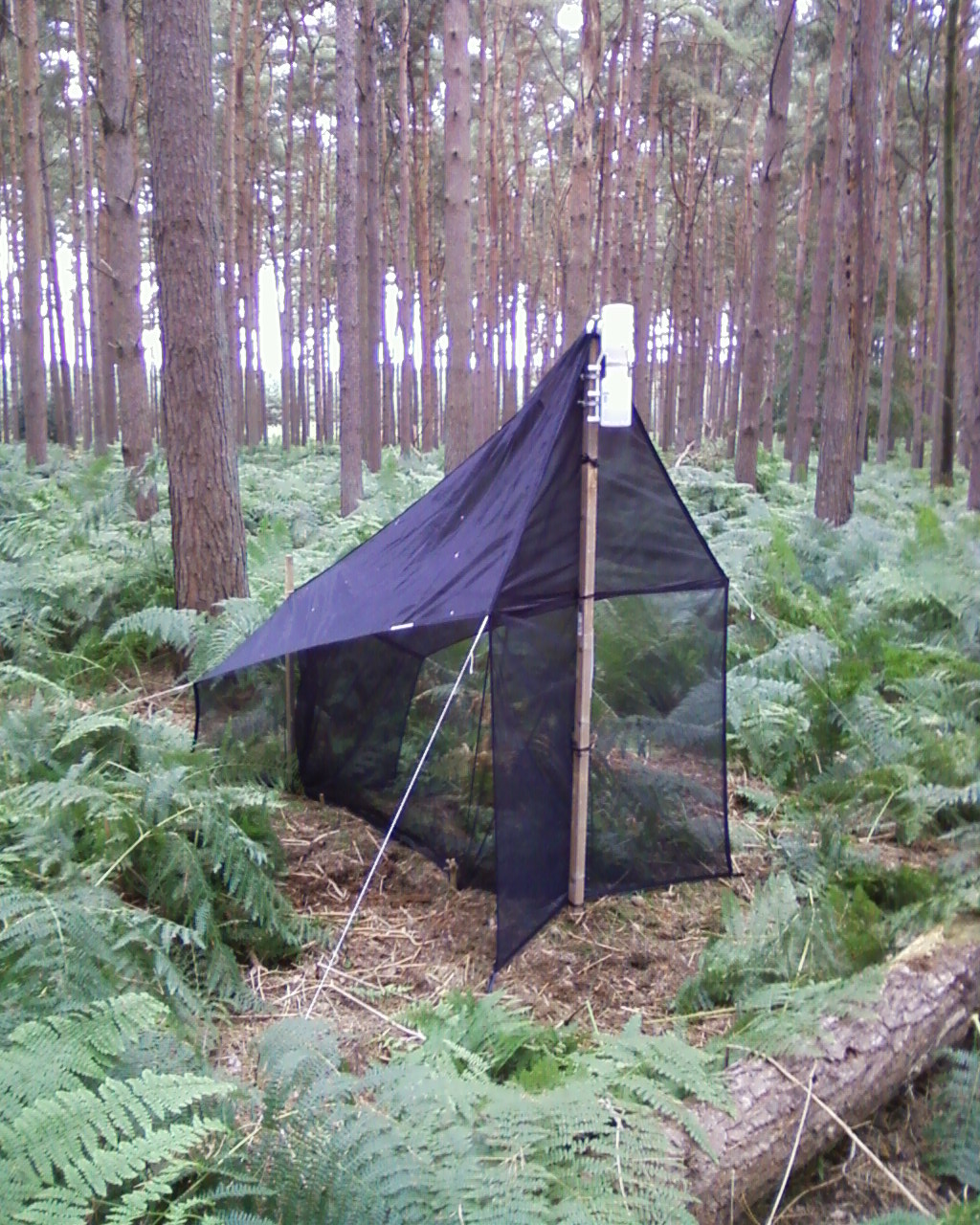Gauging trends in forest biodiversity and relating these to forest management practice and environmental change requires effective monitoring and assessment of spatio-temporal trends in forest biodiversity. Taxa and habitat-based surrogate measures of biodiversity, or ‘biodiversity indicators’, are commonly used to convey information about the state of the biological community since they can be assessed relatively quickly and cheaply by non-experts.
Direct measures of a component of biodiversity are also increasingly feasible using DNA metabarcoding; ‘Next Generation Sequencing’ has facilitated the rapid characterisation of combined multiple species samples by sequencing their DNA barcodes in parallel, simultaneously reducing the need for taxonomic expertise and the time and cost required to obtain biodiversity data across a wide range of taxonomic groups.
We investigated whether biodiversity information obtained from DNA metabarcoding of mass-trapped arthropods and from a range of taxa-based surrogate measures of biodiversity (e.g. carabid beetles, vascular plants) provide: 1) similar estimates of alpha and beta diversity and 2) provide similar forest management related conclusions. We also explored how well habitat-based surrogate measures of biodiversity (e.g. stand structure, volume of deadwood) predict observed biodiversity patterns. The study was conducted in Thetford Forest, UK within 15 forest plantation stands (5 Scots pine-oak mixtures, 4 Scots pine and 6 oak monocultures).
Our results demonstrated a high level of congruence between the metabarcoding and taxa-based surrogate measures of biodiversity. The wider range of taxonomic groups identified using a metabarcoding approach offered the potential to identify taxa sensitive to the environmental variable that was being manipulated experimentally (i.e. the composition of forest stands). Most habitat-based measures of biodiversity failed to predict species assemblage differences between stands.

